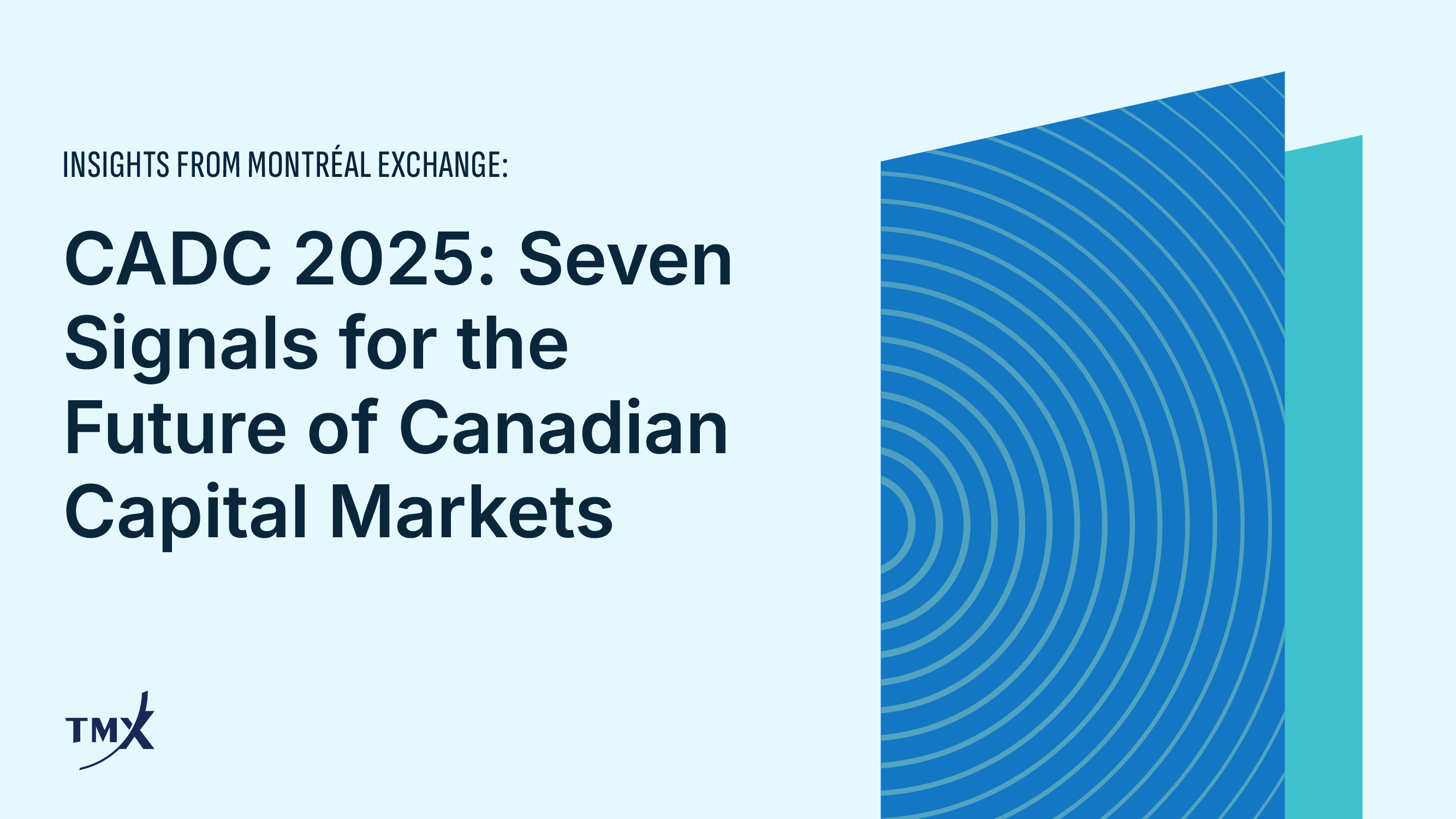A closer look at swap / Invoice spread opportunities

Some important changes have occurred in recent years that may alter the dynamics of swap spreads in Canada. First, the rise in interest rates since 2021 results in a different "normal" level of spreads. Second, swap spread trades have become simpler and easier than ever before thanks to changes in standard Canadian swap terms. Third, the rise of liquid futures contracts may influence spreads going forward. Finally, there is reason to not trust the mortgage seasonal in 2024, but that may lead to trading opportunities later in the year. We visit each hypothesis in turn after a brief update on the price action for spreads in recent years.



